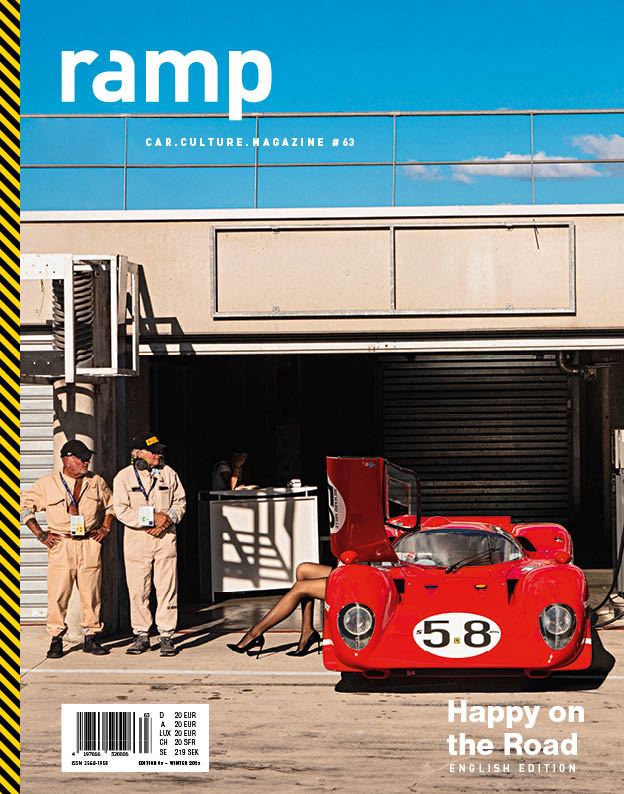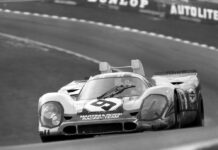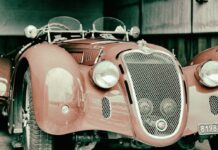Once ridiculed as a budget SUV, the Dacia Duster has gone on to enjoy an incredible career. Now the third model generation is in the starting blocks.
Yes, it’s the price. But not only.
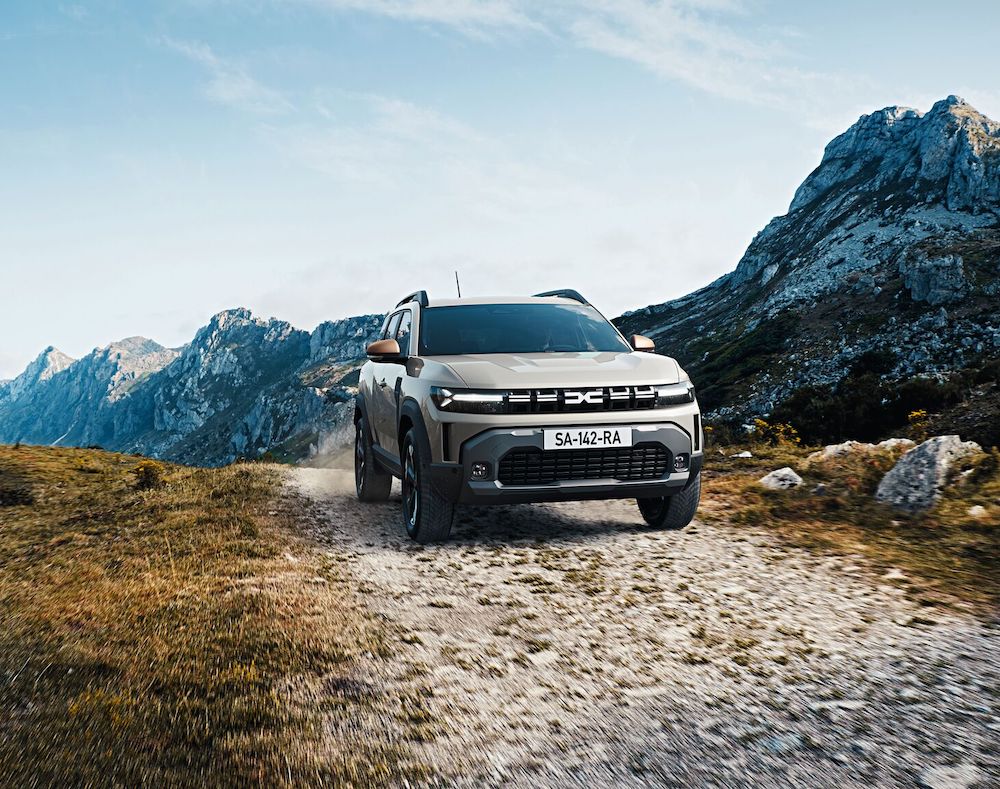
A group of golfers in expensive outfits are standing around a car. “Who has the gall to drive up here in a car like that? Where does he think we are? Who does something like that?” One of the golfers seems especially displeased, but then he takes off his sunglasses and grins: “I do.” The 2013 television commercial for the Dacia Duster with former Bayern Munich kicker Mehmet Scholl was a real hit. Scholl had already been considered modest and down-to-earth in his professional days – unlike some of his contemporaries, who had luxury cars piled up in their garage. So people had no problem believing him when he called the Dacia “a status symbol for those who don’t need a status symbol”. But the industry looked at Dacia just as skeptically as the golfers in the commercial. Making cheap cars, who does that anymore?
Ten years later on a foggy winter’s day in the glamorous Portuguese seaside resort of Estoril, the third generation of the Dacia Duster is being presented to the press. The design has been painstakingly modernized, but the new model still has the same distinctive look combined with a solid SUV character. The new model has been made with more sustainable materials and features a hybrid powertrain, with the 4×4 version underlining its off-road capabilities. Cool, robust, environmentally friendly. You can just imagine a young family and their dog jumping into the car and jetting off on a camping getaway.

The Duster is likely to sell extremely well again – the figures speak for themselves: a total of 2.2 million have been produced since its market launch in 2010. In Germany alone 240,000 vehicles have been registered in the past thirteen years. In 2022 the Duster was the best-selling SUV in Europe in the private consumer segment. The competition, meanwhile, is finding it increasingly difficult to offer affordable cars. Inexpensive cars such as the Peugeot 108, the Audi A1 and Opel’s Karl and Adam models were discontinued, while the last Ford Fiesta rolled off the production line in July. Other previously low-cost models have become more expensive, some even costing nearly twice as much. It would be surprising if the people at the corporate headquarters of the other manufacturers weren’t asking themselves what exactly Dacia was doing differently.
To answer this question, let’s travel back to 1968, to a time when a lot of people in America and in western Europe protested the war in Vietnam, demanded a better education system and called for a fairer and freer society. It was a time of upheaval and new beginnings. In Romania, the first Dacia rolled off the production line. The manufacturer’s primary goal was to offer modern, functional and economical cars that everyone could afford. And this basic philosophy has not changed much since then.
Dacia’s first car was a version of the Renault 8, built under license, followed a year later by the Dacia 1300, of which nearly two million units were built before it was retired in 1982. In 1973 Dacia began exporting the 1300 to the former East Germany, where it enjoyed enormous popularity as one of the few available front-wheel drive cars with a four-stroke engine. In September 1999 another milestone: the Renault Group acquired fifty-one percent of the shares in the Romanian manufacturer and invested nearly €500 million in the modernization of the Dacia plants over the next five years. By 2003 the holdings had increased to over ninety-nine percent. The fruits of this cooperation soon became apparent: In 2004 Dacia presented the new Logan, which was developed at Renault’s technology center near Paris. An affordable price, high quality, robust engineering that could hold up even under the harshest daily driving conditions, and a design that didn’t look like it had been sketched in a children’s play corner – that hit the mark.

About the price: One reason why Dacia’s Logans, Sanderos and Dusters are so affordable is the clear accessory policy, with no technical gimmicks or high-end features. Another reason is that Dacia often uses old technologies and platforms that have proven successful in other models of the Renault Group. This makes for cost-effective production and reduces development costs. At Dacia, they call this principle “design to cost”. The way in which the low-cost approach is applied also plays a role: dealers and buyers can easily calculate prices, and discounts are rare. In other words, Dacia makes simple, down-to-earth cars for people who need to get from A to B.
Still, Dacia has room for innovation: “It’s not that the predetermined parameters restrict creativity. On the contrary. Our designers always find a way to make something look good,” says David Durand, Dacia Design Director. “When designing the new Duster, we tried to focus on the aspects that are really important to us. This has two advantages: Firstly, the car looks stronger when it has a very clean and taut surface, without a lot of lines and reflections. And, of course, you save money by removing the parts that aren’t really needed. A real win-win situation.”
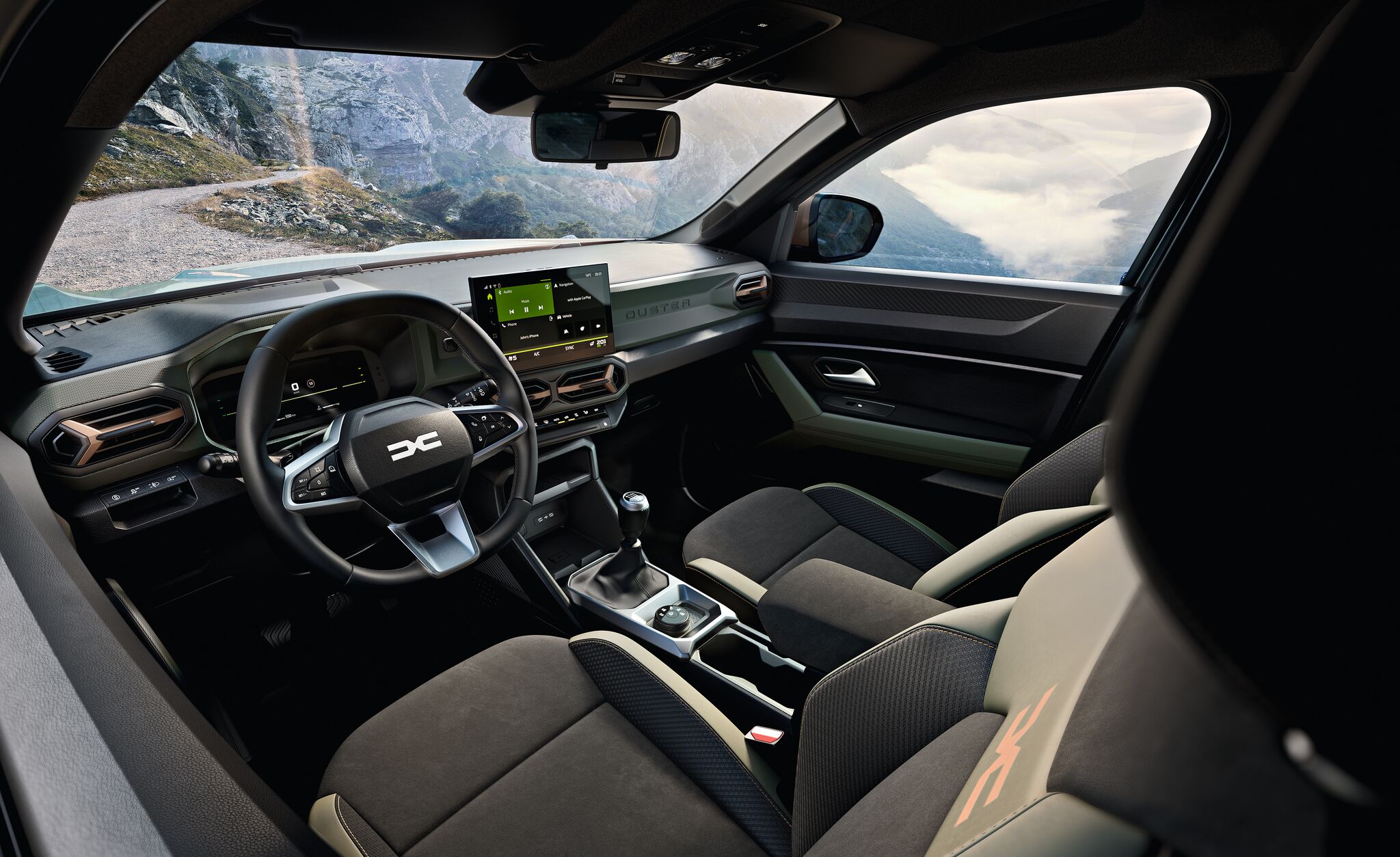
And indeed, it’s the small, subtle details that give the new Duster its modern look. Visually, the vehicle is wrapped in a band surrounding the side protective strips, which merge seamlessly into the wheel arch linings, which in turn are directly connected to the front and rear bumpers. This makes the new model look even more robust than before. The new logo underlines the self-confident image: “We’ve tried to make the lettering as simple as possible,” says Durand. “The D isn’t closed, and the A doesn’t have a bar, and we’ve joined the D and the C together. Now the logo looks like a tool or something very durable that will last for years.”
The new Duster has also undergone some technical changes: The car is built on the CMF-B platform, which is also being used for the current Sandero, Logan and Jogger models. The platform gives the Duster more space for passengers and luggage than the previous generation, yet it is only slightly longer. The modern design also reduces vibrations and driving noise. What’s more, the new Duster can be electrified, as the technology platform allows the integration of a mild-hybrid or full-hybrid powertrain.
When it comes to electrification, Dacia always considers what its customers want and what the rest of the car market is doing. The Spring subcompact has been on sale as an entrance-level car to electric mobility since 2021, and quite successfully so. Still, the company is not interested in entering the arms race for range and charging times: “The whole world is aiming for five hundred kilometers and thirty minutes, but they’re charging €40,000 for it or more. We won’t be doing that,” Dacia CEO Denis Le Vot promised in a recent interview: “We will be among the last manufacturers to offer our customers the choice of a combustion engine car. Not until the next Duster arrives in the early 2030s will it and its offshoots also be electric.”
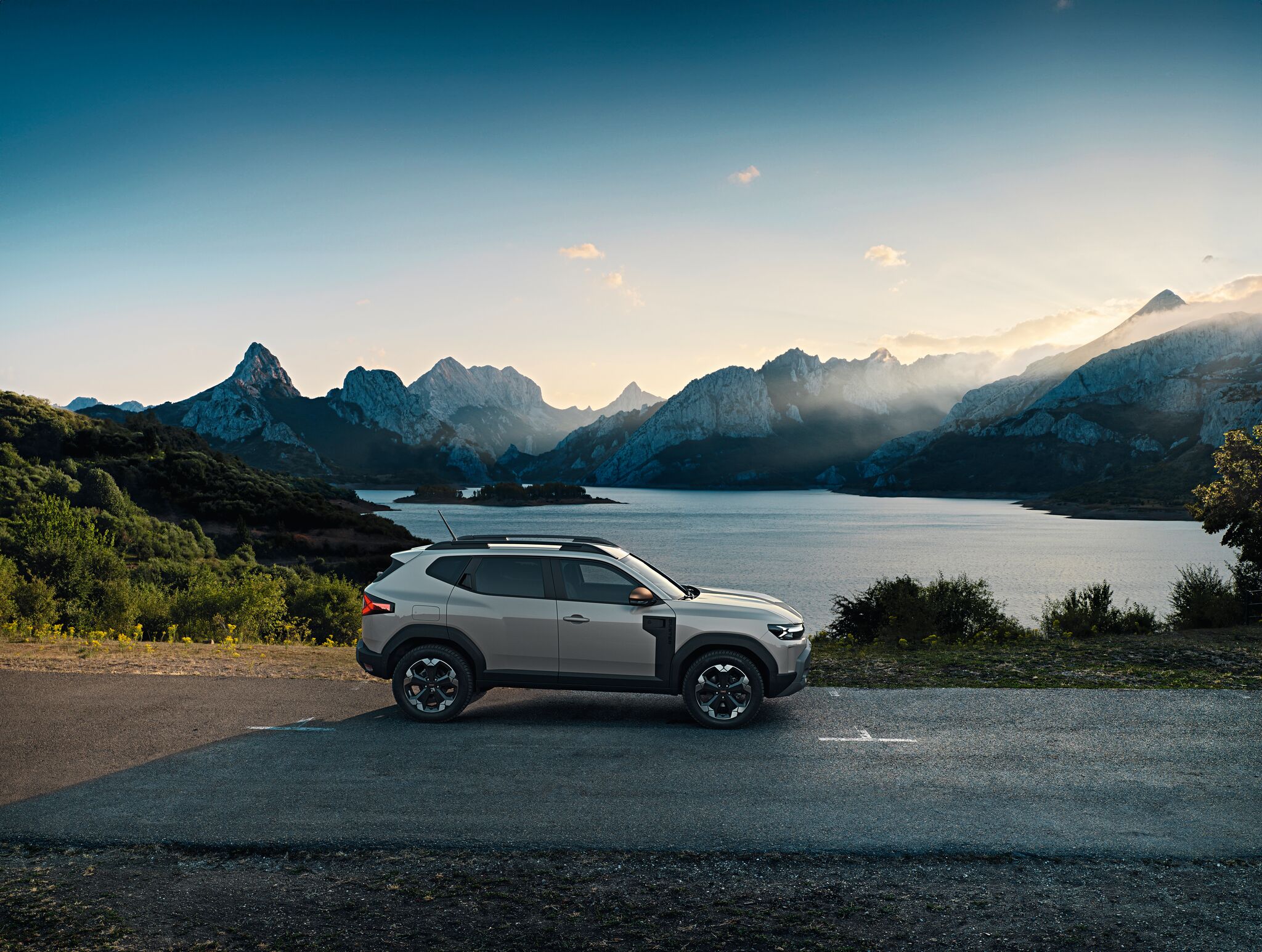
So there can be no doubt that the Duster saga will continue. There are probably even more reasons for the Dacia success story that the company hasn’t seen yet. Like a society that is once again experiencing upheaval and change. The uncertain political climate means that people are paying more attention to their budgets. Digitalization may offer many advantages, but people often tend to adopt new technologies only if they are pragmatic and simple. In other words, if the world around you is becoming increasingly complex, at least the technology in the car shouldn’t overwhelm you.
Incidentally, after years of explaining to Germans why Dacia doesn’t do frills or status symbols, Mehmet Scholl lost his well-paying job as brand ambassador in 2015. He had become superfluous to the brand’s philosophy. This job has now been (unofficially) taken over by another man who likes simple things and is a man of the people: Pope Francis, who has been using a converted white Duster as his Popemobile since 2019.
Text Iris Soltau
Photos Dacia
ramp #63 Happy on the Road
